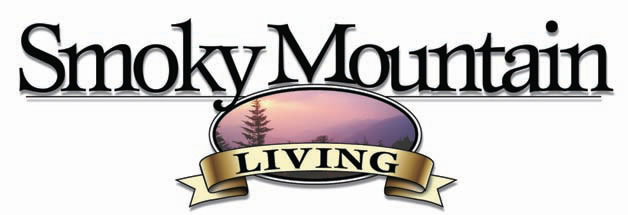The blitz was a great success in terms of gathering data and promoting interactions among scientists, volunteers and students. Because the weather cooperated and we were able to get many large trap samples, we estimate that the blitz participants sorted between 30,000 and 50,000 moths over the course of two days. This effort resulted in 783 species documented by the end of the first day and 860 by the end of the second. This total is more than 1/2 of the entire list of species for the park and probably about 1/3 of the actual total for the park. Of the 860 recorded species, 133 were new records for the park (several have been added since that time) and we estimate that 51 of the species are currently undescribed. The undescribed species fall mostly into the groups of small moths (microlepidoptera) including the Gelechioidea and Tineoidea. As expected the Noctuoidea, Geometroidea and Pyraloidea were the largest groups represented. It is likely that the Gelechioidea has a comparably large number of species, but their small size and difficulty of identification didn't allow for a complete inventory of this group. Many specimens were kept as vouchers for later identification and progress has been made since the blitz on these specimens.
Principal Investigator
PI Name: Dr. Brian Scholtens
PI Organization: College of Charleston, SC
Co-investigator #1
Co-PI Name: Dr. David Wagner
Co-PI Organization: University of Connecticut
Primary Taxonomist
Taxonomist Name: Dr. Brian Scholtens
Taxonomist Organization: College of Charleston, SC

























